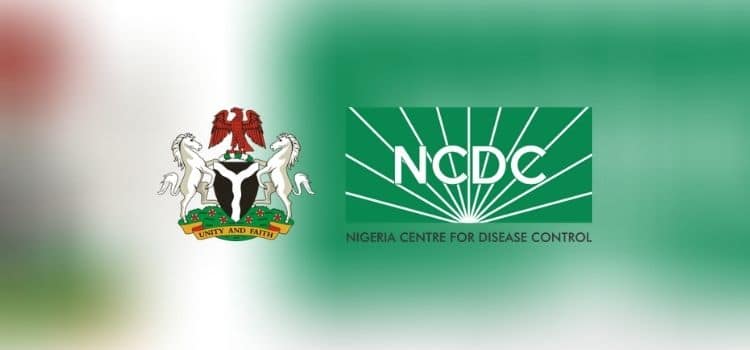By Asmau Ahmad
The Nigerian Centre for Disease Control (NCDC) has identified irrational use of antibiotics, lower education level of caregivers and the health insurance status of patients among others as factors contributing to Antimicrobial Resistance.
NCDC defines antimicrobial resistance as a process whereby, organisms including a range of bacteria, parasites, viruses, and fungi become resistant to antimicrobials and compromise the effective treatment of infections, reducing the efficacy of these medicines, thereby making the treatment of infections expensive, difficult, or even impossible.
According to the NCDC, the impact of AMR is particularly felt by vulnerable patients that might be unable to bear the associated higher costs or worsened illness, ultimately resulting in greater disability and increased mortality.
On the emergence and spread of AMR, the centre said AMR occurs naturally over time, usually through genetic changes, saying that antimicrobial-resistant organisms are found in people, animals, food, plants and the environment – water, soil and air.
The NCDC noted that they can spread from person to person or between people and animals, including from food of animal origin.
It further said the main drivers of antimicrobial resistance are the misuse and overuse of antimicrobials and lack of access to clean water, sanitation and hygiene (WASH) for both humans and animals.
Other sources include poor infection and disease prevention and control in healthcare facilities and farms; poor access to quality, affordable medicines, vaccines and diagnostics; lack of awareness and knowledge as well as paucity of legislation enforcement.
“Worldwide, the magnitude of the problem and its effect on animal and human health and its impact on economies are poorly documented. However, estimates record an untenably high burden that will largely be borne by low-income countries such as Nigeria,” the Centre stated in its weekly report.
The NCDC noted that a rational drug use survey conducted in 12 developing countries found that Nigeria had the average number of drug prescriptions (3.8 drugs/encounter) and the third highest percentage of antibiotic prescriptions at 48%.
“Other factors contributing to the irrational use of antibiotics include the lower education level of many caregivers as well as the health insurance status of patients as those with insurance are more likely to have antibiotics prescribed. Prescribers’ characteristics such as years of practice and specialisation also contribute to the empirical prescription of antibiotics,” it further stated.
In healthcare settings within the country, according to NCDC, urinary tract infection prevalence ranges from 3.4% to 88.5% and the associated common resistant organisms are Pseudomonas, E. coli, Klebsiella and Staphylococcus.
The range of bloodstream infection prevalence is 6.6% to 49%, whilst healthcare-associated pneumonia prevalence ranges from l % to 86%.
Staphylococcus aureus according to the report is the most implicated pathogen for BSI in adults and Klebsiella sp in neonates.
“Several of the ‘priority bacteria’ listed by WHO that pose the greatest threat to human health have been detected in BSI including extended-spectrum beta-lactamase L-producing Enterobacter sp, methicillin-resistant Staphylococcus aureus and carbapenem-resistant Acinetobacter sp.
“This is of grave concern as these bacteria, which are resistant to multiple antibiotics can spread resistance genes to other bacteria. Most organisms causing UTIs were found to demonstrate significant resistance to first-line drugs,” NCDC said.
The centre also noted that high rates of resistance to Ceftriaxone were also recorded, a drug increasingly used to treat sepsis and a range of bacterial infections, adding that this illustrates that antimicrobial resistance is highly prevalent in the country and there is a need for a coordinated National action on AMR in the country.
“As resistance is pervasive in humans, animals, food products and the environment, a ‘One Health’ approach to resistance containment is Nigeria’s best option. Building a strong multisector (One Health) national AMR governance structure is key.
“The governance structure provides the AMR country-level governance framework which is the policy backbone for monitoring and evaluating the implementation of the AMR goals.
“These governance structures are the AMR Coordination Committee, and the AMR Technical Working Group which comprises 5 pillars: awareness, surveillance, stewardship, IPC and making an economic case to invest. These structures strategically feed into the One Health National Steering Committee (OHNSC) thereby, ensuring alignment with the national One Health agenda for Nigeria,” the NCDC stated.


